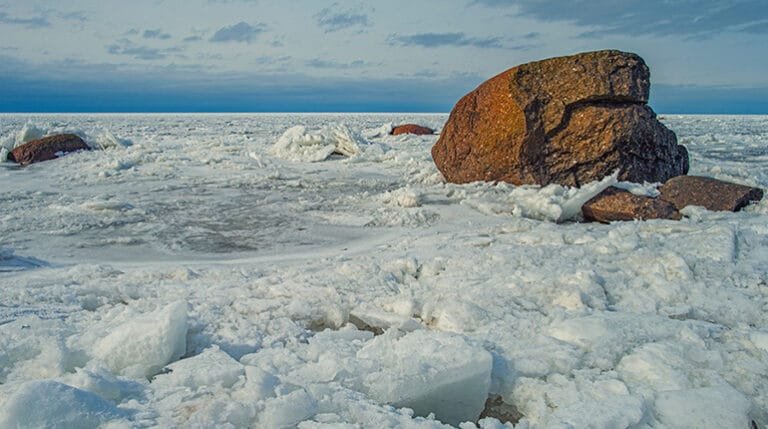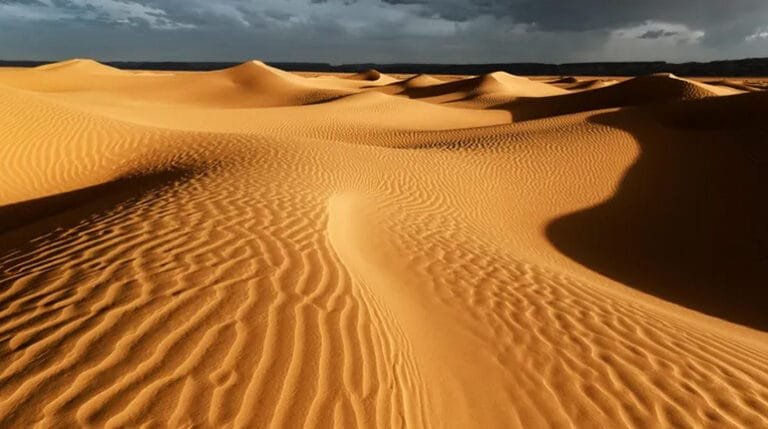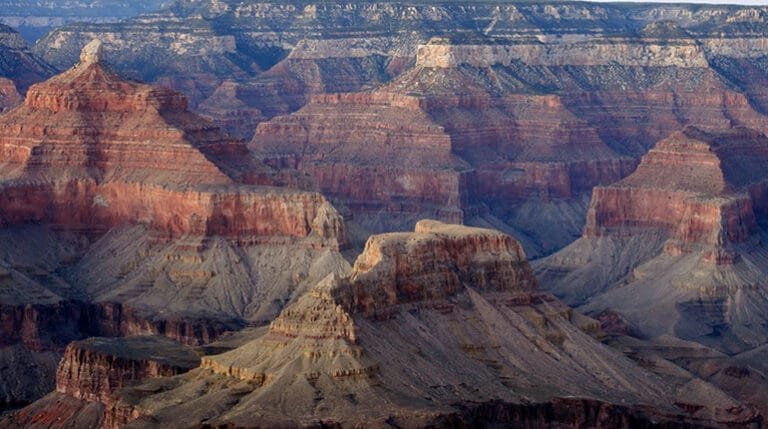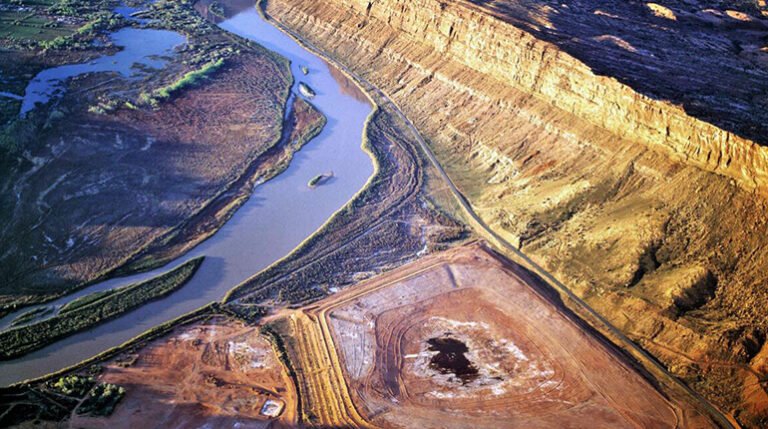Evidence of the Flood in Himalayan Rock Formations
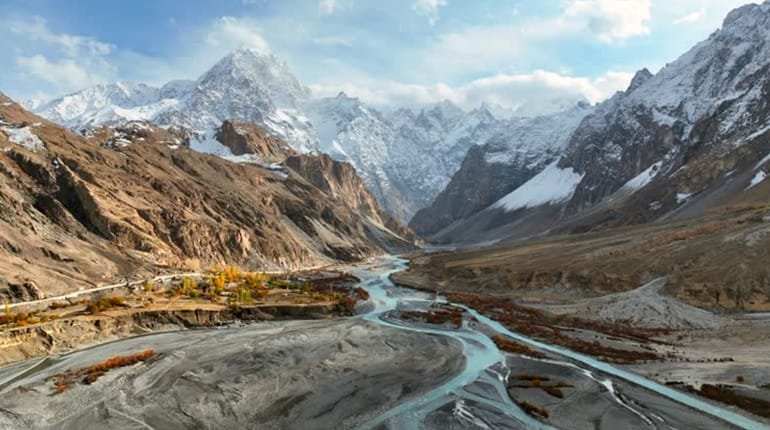
The narrative of Noah’s Flood, as described in the book of Genesis, is foundational to the understanding of human history from a biblical perspective. It recounts a catastrophic event that resulted in a globally significant deluge, shaping not only the Earth’s surface but also the geological and ecological landscape of our planet. While many today may question the validity of such an event, a close examination of geological formations, particularly in the Himalayan region, reveals intriguing evidence that supports the biblical account of a global flood that took place approximately 4,500 years ago.
The Himalayas, known for their imposing peaks and deep geological history, provide a remarkable natural record of Earth’s past. Through the lens of young Earth creationism, which posits that the Earth is around 6,000 years old, we can interpret these formations as not only remnants of ancient geological processes but also as evidence that aligns with the truths laid out in Scripture. This article will explore the geological features found in the Himalayas, the implications of sedimentary layers, fossil records, and the overall landscape that point toward a powerful, worldwide flood event, resonating with the historical account of Noah’s journey and the subsequent covenant made with humanity.
Geological Features of the Himalayas
The Himalayas, which stretch across five countries—India, Nepal, Bhutan, China, and Pakistan—are home to some of the world’s highest peaks, including Mount Everest. Created by the collision of the Indian and Eurasian tectonic plates, this mountain range serves as an extraordinary case study in the processes of sedimentation, erosion, and uplift. Many geological features found in the Himalayas are indicative of large-scale, rapid geological events, which may correlate with the conditions set by a cataclysmic flood.
Tectonic Activity and Its Implications
Tectonic processes have played a pivotal role in the formation of these mountains. The uplift of the Himalayas has occurred over millions of years; however, examining them through the lens of a young Earth perspective, we attribute these formations to more recent catastrophic events. The interactions of tectonic plates suggest that enormous pressures resulted in the raising of these mountains, leading to geological strata that appear to be inconsistent with a slow and gradual formation. Rather, such upheaval could reflect the aftermath of a worldwide flood that disrupted the Earth’s surface significantly.
Stratification of Sedimentary Layers
The Himalayas showcase various stratigraphic layers comprising sandstone, shale, and limestone, which contain surprising implications for the flood narrative. Layers of sedimentary rock are typically formed through the accumulation of materials over time. From a young Earth viewpoint, these can be seen as products of sedimentation during the Flood.
- **Evidence of Rapid Deposition:** The sedimentary layers exhibit features such as cross-bedding and graded bedding, indicating that they may have been deposited quickly under turbulent conditions, likely characteristic of a global flood rather than slow, uniformitarian processes.
- **Fossil Records:** The fossils embedded within these layers often reflect a sudden burial of organisms, preserving them in a state that suggests rapid inundation rather than gradual fossilization, which is consistent with a catastrophic flood scenario.
- **Marine Fossils at High Elevations:** The presence of marine fossil remains at high altitudes in the Himalayas serves as a direct indicator of a global event. These finds demonstrate that vast oceanic regions once covered these areas, reinforcing the notion of a flood that transcended local boundaries, as indicated in the biblical account.
Fossil Evidence in the Himalayas
The fossil records found in the Himalayan sedimentary rocks further corroborate the theory of a world-altering flood. Numerous paleontological discoveries indicate that the region was once submerged, and the fossils reveal an array of marine life, including corals, mollusks, and vertebrates. The placement and preservation of these fossils are significant:
Marine Fossils and Flood Interpretation
Marine fossils found high in the Himalayas serve as compelling evidence of the flood:
- **Fossil Distribution:** The widespread distribution of these fossils across various Himalayan strata demonstrates that during the Flood, significant portions of the Earth were submerged, allowing for the mixing of land and marine organisms.
- **Rapid Burial and Preservation:** The condition of these fossils suggests a rapid burial process. Fossils are typically formed through slow processes involving sedimentation; however, the nature of these remains indicates that they likely experienced quick burial, which aligns with the biblical timeline of the Flood.
Plutonic Activity and Post-Flood Interpretation
The geological activity in the region may exhibit the effects of the Flood but also hints at the Earth’s post-Flood conditions. The consequences of such a catastrophic event would have likely resulted in significant geological instability, which could account for the formation of granite and other plutonic rocks found in the Himalayas.
Granite formations, typically formed from the cooling of molten rock beneath the surface, suggest that there were extensive magma movements. The upheaval associated with the Flood also suggests that the earth was radically altered; major geological features such as valleys and gorges we observe today may stem from rapid erosional processes triggered by the waters receding post-Flood, showcasing the modification of the landscape in a relatively short period.
Implications for Young Earth Creationism
The geological evidence and fossil findings presented in the Himalayan region support a young Earth view, indicating that the planet has been shaped by catastrophic events rather than slow, gradual processes. This perspective illuminates the affirmation of the biblical narrative, asserting that the Flood was a real event with profound implications for the Earth’s geological history.
The Role of Catastrophism
Young Earth creationists emphasize the role of catastrophism over uniformitarianism in understanding the Earth’s history. According to the catastrophic model:
- **Geo-Dynamic Events Shape Landscapes:** The monumental shifts in the Earth’s surface that created powerful mountain ranges like the Himalayas can be attributed to the drastic conditions that arose during and after the Flood.
- **Sedimentary Rocks as History Records:** The layers of sediment found in these formations serve as testament to a single, immense event that reflects the sudden changes discussed biblically.
Conclusion
The geological and fossil evidence found in the Himalayas provides a compelling case for the biblical narrative of a global flood. The stratification within the sedimentary layers, the presence of marine fossils at high elevations, and the tectonic and plutonic activities observed throughout the region suggest that significant geological alterations occurred within a relatively short time frame—aligning with the young Earth perspective.
Through the examination of these features, we affirm not only the historical credibility of the biblical account but also the dynamic nature of the Earth’s geological history as shaped by divine intervention. The Himalayan region serves as a testimony to the truth of Scripture, highlighting a narrative often dismissed in secular circles but that resonates deeply with those who endeavor to reconcile faith with empirical observation. The evidence therein supports a holistic understanding of the geological past, where a powerful, global event—such as Noah’s Flood—plays a central role in the formation of our planet as we know it today.

